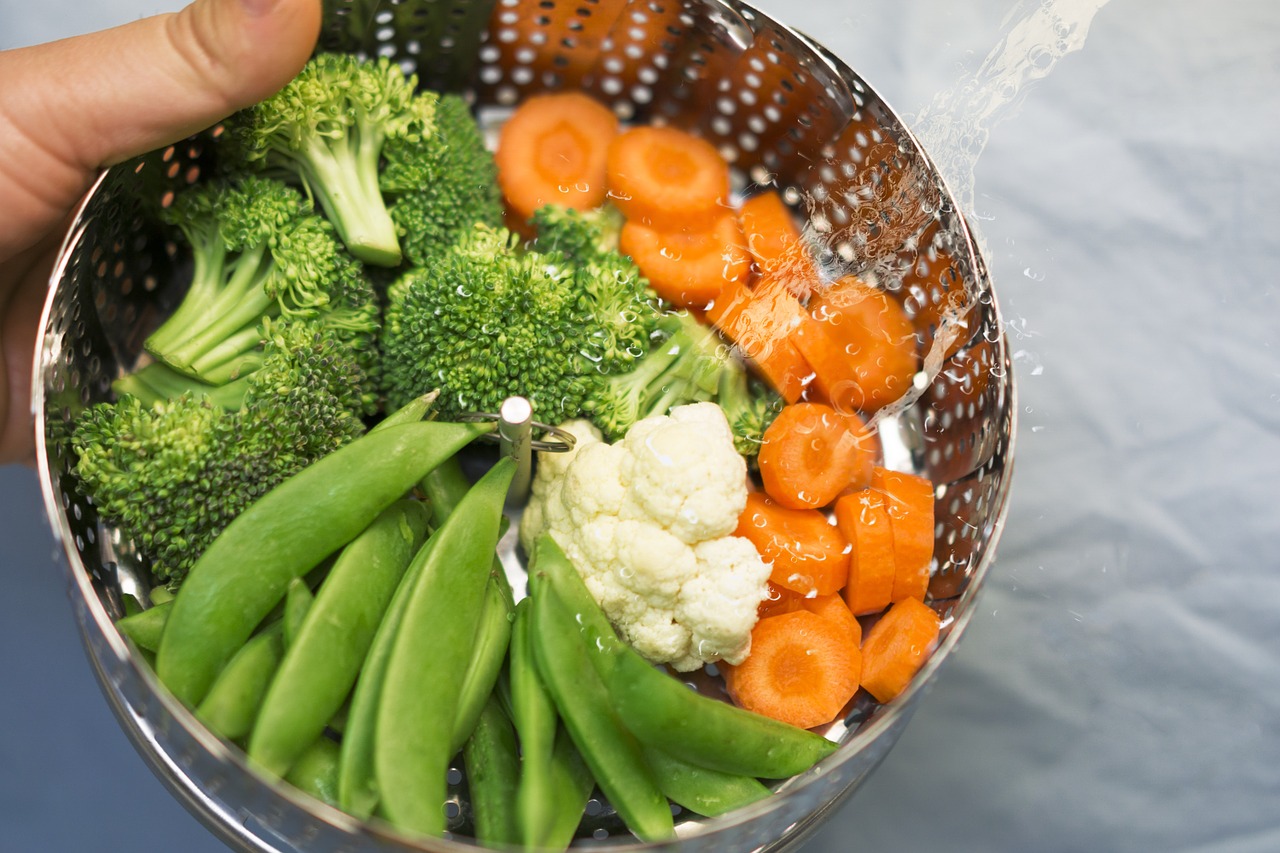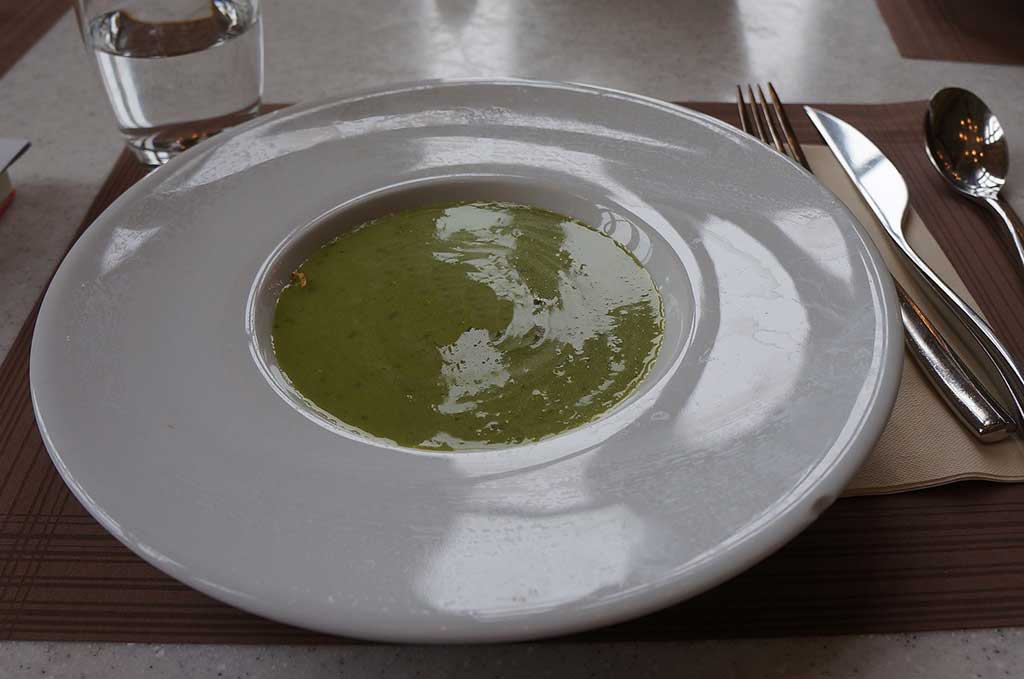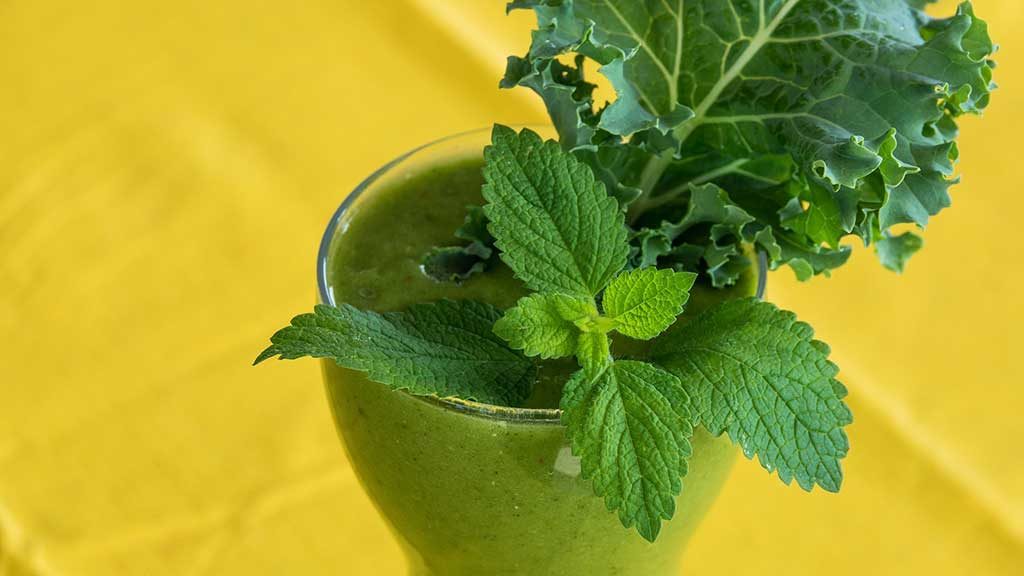Green vegetables diet with recipes
Green vegetables based diet for optimal digestion and body energy.
This treatment based on green vegetables cleanses the organism of fungi and gives an abundance of energy
Do you suffer from bloated stomach? Do you feel swollen? Is your head heavy and you’re chronically exhausted and lethargic?
Green therapy can help you. It’s a diet that produces amazing results for the body and brings positive change in health, in addition to improving your figure.
Users of this diet confirmed that they are in a better shape and they no longer have concentration problems.
What is green therapy?
Green therapy is a version of cave diet, also called LCHF, with strict selection of foods that provide detoxification from fungi.
Green therapy consists primarily of green vegetables, fats and proteins. Permitted are nuts, seeds, and smaller amounts of other vegetables.
Regarding fats users can consume cold-pressed olive oil, canola oil and coconut oil.
Remove fruit, dairy products, alcohol and foods high in carbohydrates – sugar, bread, pasta, potatoes, rice and starch from your menu.
The point of green therapy is to reduce the fermentation process in the body, and to do this you need to steer clear of carbohydrates.
Carbohydrates are the food for fungi, similar to those used in the preparation of bread.
Fungi cause fermentation in the digestive tract, and the waste products of fermentation lead to consequences mentioned in the introduction – bloating, swelling, fatigue and difficulty in concentrating.
Green therapy soothes the stomach, helps with weight loss, infuses energy and improves your mood.
It will help you get rid of excess weight which has so far resisted your dietary efforts.
This treatment will do you good if you often crave for sweets or snacks between meals. It will allow you greater control over your appetite and help you with your addiction to sugar.
Basic food items

The basis of green therapy is vegetables that grow above the ground.
These are primarily cabbage, kale, cauliflower, lettuce, chard, spinach, green beans, artichokes, asparagus, broccoli, zucchini, eggplant, olives, cucumbers, peppers, onions, tomatoes, fennel, mushrooms, garlic, ginger, and avocado.
Protein component ought to be replaced by beans, peas, lentils, quinoa, tofu, tempeh and soy milk.
Use algae, mostly spirulina.
You are also allowed to consume coconut and olive oil, mayonnaise and sauces based on olive oil and herbs.
Drink plenty of water, but in between meals. Avoid water immediately before, during or immediately after a meal because it dilutes the gastric juices and prevents good digestion.
Secondary food items
The following foods are allowed, but in moderation, since they contain more carbohydrates.
Root vegetables: beets, kohlrabi, carrot, but not potatoes
Seeds: sunflower, pumpkin, flax, sesame and chia
Nuts: walnuts, almonds, hazelnuts, cashews
Coconut flour, coconut milk, unsweetened cocoa powder
Lemon as a spice
Coffee without milk, tea, lemonade sweetened with stevia (Stevia is a sweetener and sugar substitute extracted from the leaves of the plant species Stevia rebaudiana ) instead of sugar.
The choice of food items
Make an effort to find organic or homegrown food. Stay away from industrially processed foods full of artificial additives and pesticides.
Raw food is nutritionally richer because it contains vitamins, minerals, antioxidants, probiotics and enzymes that are destroyed or weakened during cooking.
The main meal should contain a protein component in the form of soy beans or algae, then an abundance of vegetables and healthy fats.
Fats should be obtained from oil in which the food is prepared or in the form of the sauce or stuffing based on olive oil and herbs.
Eat raw vegetables as a side dish or as a salad, and you can also make juices. Vegetable smoothies and pulp beverages are recommended and you can add ground nuts and coconut milk into them.
If you get hungry between meals, nibble vegetables or nuts instead of traditional snacks filled with carbohydrates.
To complete the spectrum of nutrients, during this treatment you can take the following supplements:
L-glutamine, add one spoon in a glass of water in the morning and evening for the protection of the intestinal wall.
Probiotic tablets, on a daily basis. This is a replacement for bacterial culture of milk products.
Coconut oil, preferably cold-pressed, 1-3 tablespoons a day, if you have not eaten it before, start with half a teaspoon a day.
B-complex, on a daily basis, with an emphasis on vitamin B12.
Be patient in the early days
Green therapy should be performed from one to three months – as long as you can handle it.
It is possible that your body will experience certain problems is the first few days due to changes in types of nutrients.
After a short adjustment period, things will get easier. Green diet will help your body quickly find a balance.
If you can maintain discipline while implementing this diet, you will achieve great results.
You will feel full, free of indigestion and lose weight at the same time.
You will notice improvement in your skin and hair, your mood will increase, and you will have a better sleep.
In addition, it is very easy to find ingredients for this diet. You have nothing to think – simply choose green vegetables and proteins.
Two light recipes for green therapy
We present you two soups, recipes for each soup can be prepared in just 15 to 20 minutes.

Garlic and broccoli soup (4-6 servings)
Ingridients:
10 garlic cloves
2 tablespoons of coconut oil
1 large onion, chopped
2-3 potatoes or one large
13 glasses of water
1.3 lbs or 600 grams of broccoli
3 vegetable soup cubes
1 tablespoon of lemon juice
1-2 curcumas
Sea salt
Preparation:
Peel the onions and stew whole cloves in coconut oil. Add onion rings and fry for a minute.
Peel and chop potatoes, place them into a pot and add 6 glasses of water.
Cook until the mixture boils and let it simmer for another 10 minutes. Wash and chop broccoli into small pieces, add them into the pot with soup cubes and cook for six minutes.
Stir the soup until it becomes evenly thick. Use paper towel to protect yourself from splashes.
Add the remaining 7 glasses of water, increase the heat, and add lemon juice and curcuma. Spice with sea salt and serve.

Spinach soup (4–6 servings)
Ingridients:
2 tablespoons of coconut oil
1 large onion, chopped
1 cup of corn flour
1 liter of water
2 teaspoons of garlic powder
1 teaspoon of curcuma
A pinch of chili
Half a mustard jar
2.2 lbs or 1 kg of fresh or frozen spinach
Preparation:
Put coconut oil in a pan, add onion and wait until it becomes soft.
Add corn flour and let it simmer while adding water. Cook until the mixture boils and let it simmer for five minutes.
Spice the soup and add spinach. Do not allow the mixture to boil again. Pour green soup into deep bowls and serve.

